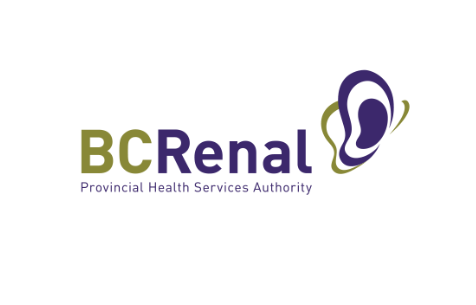Learning from extreme weather events to plan for Abbotsford’s new long-term care facility
British Columbia’s climate made history in 2021. In June, a deadly heat dome kicked off a record wildfire season. Months later, in November, an “atmospheric river” brought floodwaters to southwest BC that caused evacuations and closures of highways across the province. Health facilities were directly impacted, utilities and supply chains were disrupted, and patients were stranded without access to essential care. It was a year when the intersection between climate and health became undeniable for many.
In one of the areas hardest hit by the atmospheric river, Fraser Health is planning a new long-term care (LTC) home. North of the Trans-Canada highway, near the Abbotsford Regional Hospital and the existing Maplewood House, the five-level LTC facility will have 200 beds organized into eight “neighbourhoods” with shared support spaces.
The project team for the much-needed facility knew that climate would have a major impact on its design and feasibility for this major project. However, the year of extreme heat, fire and floods brought the need to plan for climate hazards into sharp focus. Many project stakeholders experienced the extreme weather events firsthand, which made the assessment not just a theoretical planning exercise, but a practical plan for survival.
In April 2021, the Energy and Environmental Sustainability (EES) team and project team initiated a climate risk assessment for the LTC facility business plan. The assessment happened alongside an environmental sustainability and LEED Gold strategy and a low carbon study.
The climate risk assessment was completed by WSP, a globally recognized professional engineering services firm. WSP held workshops with the design team and a group of stakeholders, including the Fraser Health project team, facilities representatives, clinical representatives and others, to surface potential climate impacts and prioritize them according to the anticipated level of risk. The process identified where and how the indicative design was already equipped to manage changing climate conditions, and helped the design team to innovate new resilient design strategies.
Since WSP also completed the low carbon study and environmental sustainability strategy, the design team was better-equipped to apply a “low carbon resilience lens,” which helped to identify ways to maximize co-benefits and limit conflicts between various design strategies.
As the proverb goes, “necessity is the mother of invention.” The utilization of a climate risk assessment, particularly in the context of the extreme weather events of 2021, led to a better understanding of site-specific hazards, vulnerabilities, and risks related to climate change. With this holistic and necessary approach, the project team for the new Abbotsford Long-term Care Facility took steps toward a climate-resilient facility, so that care — not climate — makes the biggest impact.








